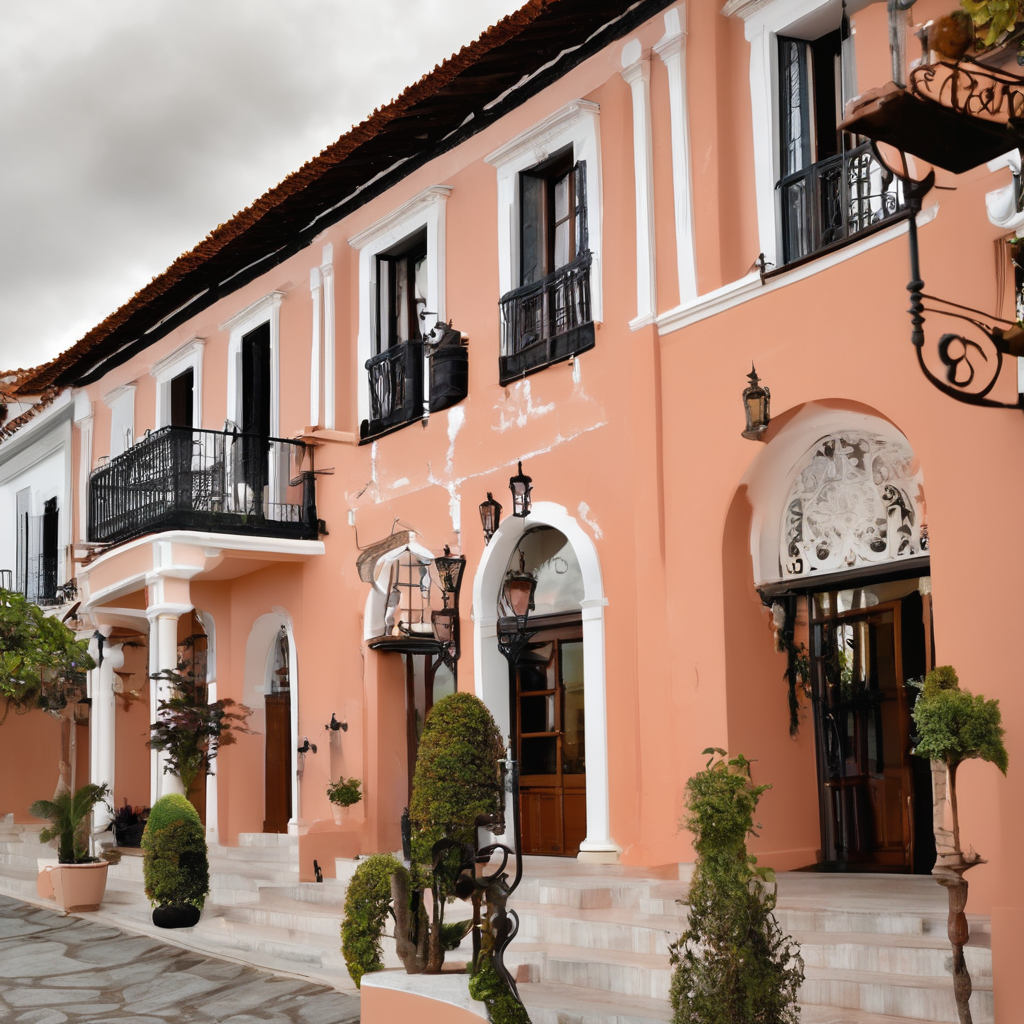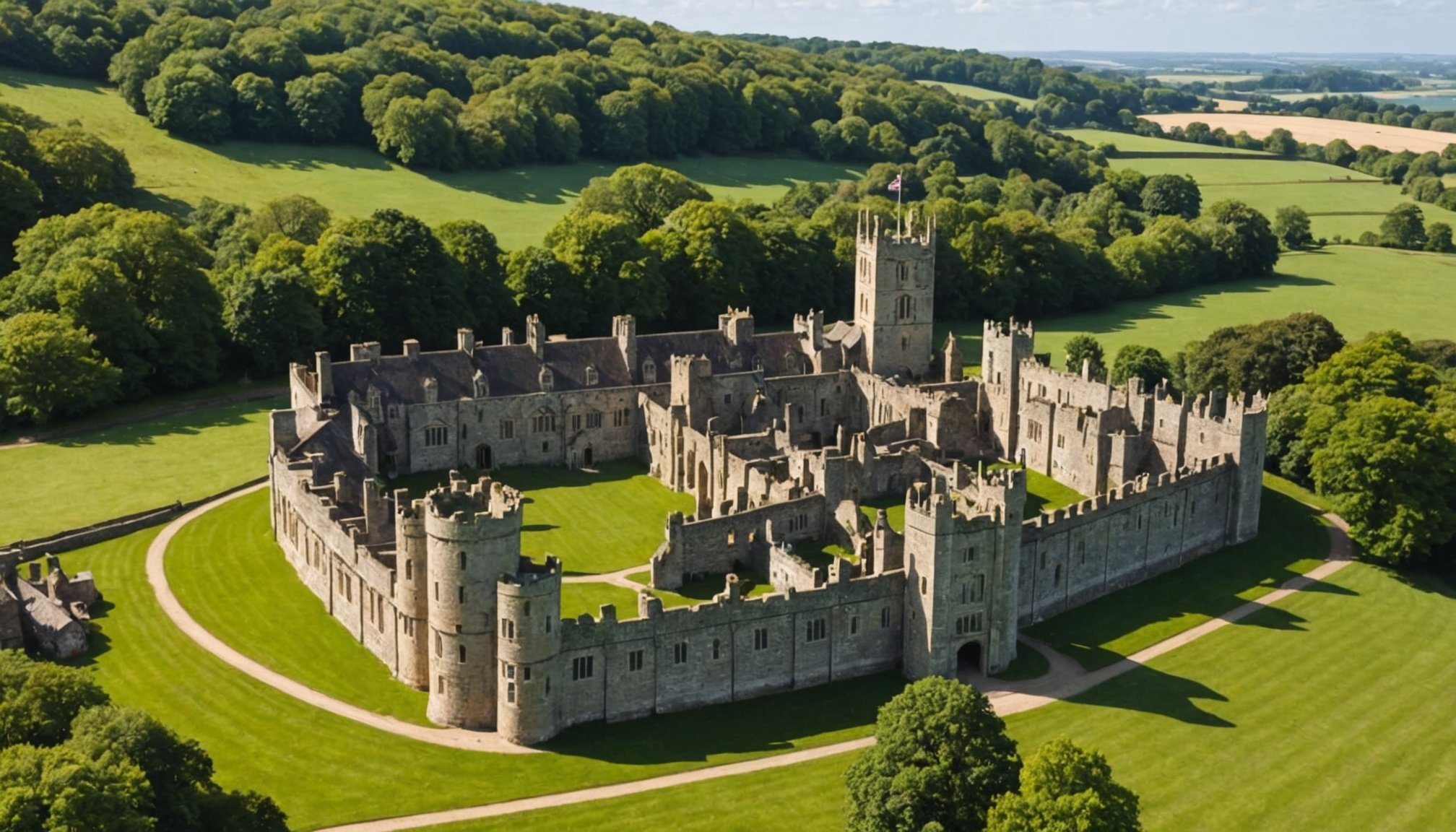Discovering Underrated Historical Sites Across the UK
Delving into hidden historical attractions UK offers travelers a unique opportunity to explore the country’s rich past beyond the usual crowded landmarks. These off-the-beaten-path historical sites present fascinating stories and architectural wonders that often go unnoticed yet are equally compelling. Embracing these lesser-known locations allows visitors to enjoy a more intimate and authentic connection with history.
When planning to visit these hidden historical attractions UK, it’s essential to factor in practical travel considerations. Many sites are situated in rural or remote areas, making public transportation options limited. Therefore, arranging reliable transport in advance, such as car hire or scheduled local shuttles, ensures a smoother journey. Local advice is invaluable; speaking with residents can uncover insider tips, the best visiting times, and any special events tied to the site.
In the same genre : Can the United Kingdom be the Ultimate Destination for Unplanned Travel Adventures?
By incorporating these UK travel tips—like researching access routes and respecting preservation guidelines—you’ll deepen your appreciation and avoid common pitfalls. Exploring off-the-beaten-path historical sites enriches your travel experience, revealing the UK’s vast and diverse historical tapestry beyond the familiar tourist trail.
Secret Castles and Enigmatic Fortresses
Discovering secret castles UK reveals a fascinating tapestry of history tucked away from the usual tourist trails. These undiscovered fortresses offer an authentic glimpse into medieval life and architectural ingenuity. For enthusiasts of historical architecture UK, exploring these remote sites provides a unique opportunity to walk through time, marveling at centuries-old stonework and defensive designs.
In parallel : How Can You Explore the UK’s Rich History During Your Vacation?
Among these hidden gems, Dunstanburgh Castle on the Northumberland coast stands out with its striking ruins perched dramatically by the sea. It combines stunning natural scenery with a rich historical background, making it ideal for visitors who appreciate both history and landscape photography. Similarly, Hermitage Castle, nestled in the Scottish Borders, carries an aura of mystery, famed for its dark legends and well-preserved fortifications. This fortress’s remote location contributes to its enigmatic appeal, often rewarding visitors with solitude and reflection away from crowds.
Another exceptional example is Stokesay Castle, one of the best-preserved fortified manor houses in England. Its blend of domestic comfort and military defense highlights the diversity in castle design across the UK. Visitors to Stokesay can explore original timber framing and stone battlements, experiencing firsthand the craftsmanship of medieval builders.
When planning visits to these secret castles UK and undiscovered fortresses, consider the best times of year for accessibility and comfort—typically spring through early autumn. Many of these sites are in rural or rugged areas, so checking local travel advisories and accessibility options beforehand is essential. Some castles may have limited facilities or require a short hike, necessitating suitable footwear and provisions. Guided tours or visitor centers often provide valuable context, enhancing appreciation for the architectural and historical significance embedded in each stone.
Embracing the quieter, less trodden paths to these castles enriches the experience, allowing a deeper connection with the historical architecture UK heritage that these remarkable structures embody.
Ancient Ruins and Lost Settlements
Discovering ancient ruins UK offers a fascinating window into the distant past, with sites like Skara Brae revealing insights into prehistoric life. This remarkable settlement, located in the Orkney Islands, is one of Europe’s best-preserved Neolithic villages. Its stone houses and artifacts paint a vivid picture of community living from over 5,000 years ago.
Beyond sites like Skara Brae, the UK harbors numerous forgotten settlements from various eras. For example, several archaeological sites UK highlight Roman influences, including remains of lost towns that once thrived but now lie quietly beneath the landscape. These sites tell unique stories about the evolution of society and the blending of cultures over centuries.
Exploring these archaeological sites UK calls for a responsible approach. It is essential to respect the preservation efforts and local regulations to protect these fragile locations. Partnering with knowledgeable local guides enhances the experience by providing context and ensuring visitors engage with the ruins ethically. This blend of historical significance and mindful exploration enriches understanding while safeguarding heritage for future generations.
Hidden Museums and Unique Local Exhibits
Discovering hidden museums UK offers an enriching way to explore local culture beyond the usual tourist routes. These small, independent museums provide unique museum experiences by showcasing niche collections and compelling stories deeply rooted in their communities.
For example, the Museum of Witchcraft and Magic in Cornwall stands out as a fascinating destination. It houses one of the world’s largest collections of witchcraft artifacts, rituals, and folklore. Visitors often find themselves immersed in an atmosphere charged with historical mystique, making it a truly unique local cultural attraction UK. Similarly, the Bakelite Museum in Somerset presents an intriguing glimpse into early plastics innovation, displaying a broad array of Bakelite objects and their impact on modern manufacturing.
Most of these hidden museums welcome visitors with small suggested donations and often host community events aimed at engaging locals and tourists alike. This not only supports the preservation of their collections but also encourages deeper connections with the cultural heritage of their regions. Exploring such hidden gems unlocks new perspectives on UK culture, far from the crowds of larger institutions.
Local Legends and Mysterious Landmarks
Exploring UK local legends leads travelers to some of the most intriguing mysterious landmarks steeped in history and myth. Sites like Tintagel Castle in Cornwall famously associate with the legend of King Arthur, drawing visitors into a world where folklore and reality intertwine. Similarly, Mother Shipton’s Cave in North Yorkshire offers a chilling glimpse into ancient prophecy and local superstition, inviting curiosity from those fascinated by folklore travel UK aficionados cherish.
These places owe much of their enduring allure to oral histories and community storytelling. Passed down through generations, these tales breathe life into stone ruins and hidden caves, preserving the cultural fabric and enriching visitors’ experiences. Such storytelling forms an invaluable bridge between past and present, ensuring these landmarks remain vibrant points of interest rather than mere historical relics.
For those eager to delve deeper, many local organizations provide guided tours or interpretive materials to illuminate the background of these sites. Joining a guided tour can reveal lesser-known stories, enrich understanding with expert insights, and offer a more immersive connection to the legends. Whether through walking tours at Tintagel or interpretive centers near Mother Shipton’s Cave, folklore travel UK enthusiasts will find ample resources to enhance their journey into the mysterious.
Practical Travel Advice for Exploring Hidden Treasures
When planning a trip to uncover hidden treasures and historical gems in the UK, consider accommodation close to your chosen sites. Staying near rural landmarks or historical landmarks can save valuable travel time, allowing you to immerse yourself fully in the experience. Often, charming bed and breakfasts or countryside inns provide not only proximity but also authentic local charm.
Navigation plays a crucial role in accessing these less-visited sites. Deciding between public transport and self-driving depends on the location’s accessibility. While many hidden historical sites are reachable by bus or train, self-driving offers flexibility, especially when exploring remote villages or countryside trails. Car hire can be an excellent option if the location is off the beaten track.
To enhance your exploration, use resources such as detailed maps, local tourism offices, and guided walks. These tools provide insight into unmarked paths and local anecdotes that enrich the journey. Local tourism offices often have up-to-date information on seasonal openings and special tours, making them invaluable for planning. Guided walks, tailored to historical interests, allow you to uncover nuances that might otherwise be missed.
By combining thoughtful accommodation choices, smart navigation decisions, and resourceful planning, your exploration of hidden UK treasures will be both practical and rewarding.





